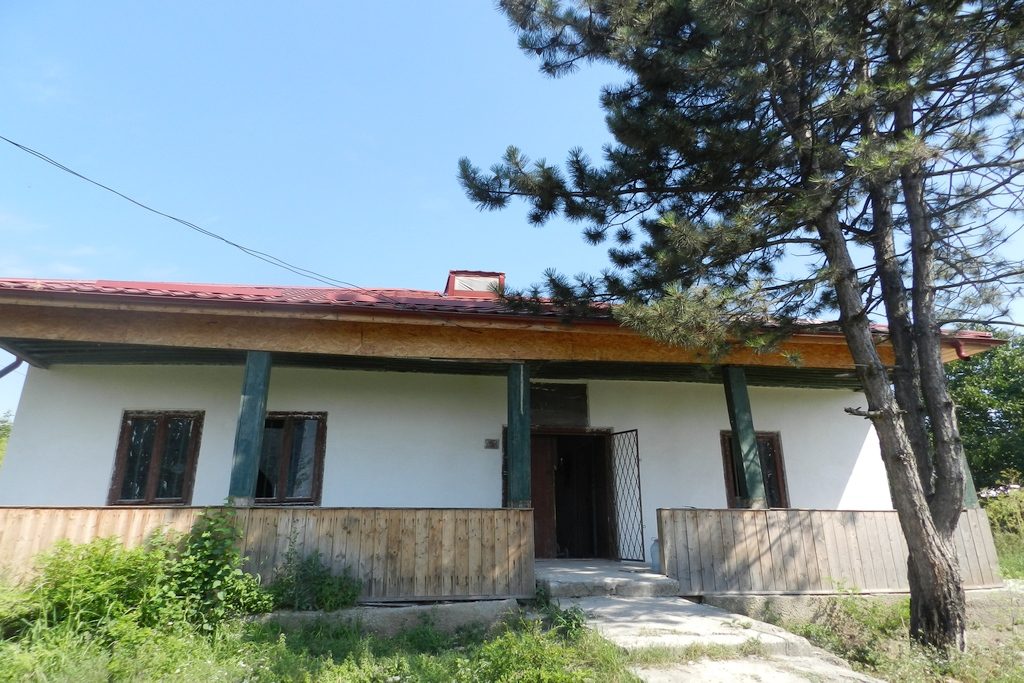

Founded in 1978, The Village Museum from Fratesti, county of Giurgiu was symbolically called “Dacia School Museum”.
It comprises a collection of flint tools, pottery from the Iron Age (Hallstatt and La Tene), tools and Iron Age ornaments, all of them discovered by archaeological excavations made in the village and in its neighborhood, also agricultural tools and folk costumes.
The museum is divided into several departments. The most important part of it is that of old history, which includes: fire stone collections, dishes and pottery, tools and weapons, zoomorphic and anthropomorphic idols of Paleolithic and Neolithic Age etc.
In the sand and gravel quarry of the village in the ’70s were discovered, fossils of giant deer, bone fragments of an ancestor of the elephant, camelid bones, rhino and other animals, all brought here in the museum.
Another department is dedicated to Metal Age. An important settlement of the village identified within the old village limits dates from the Bronze Age. Pottery, whole dishes, a sickle, a bronze hatchet and several other objects of the same material were collected from there.
Dacian era is well represented. For this reason the museum was given the name of “Dacia”. We hold collections containing artifacts coming from two Dacian settlements, one of them located near the current Fratesti village and another, bigger and richer coming from the old village limits. Gray and black pottery are hold from this period, fruit bowls, jars, lamps, jewelry and even one fishing hook.
In 1968, was discovered a Dacian treasure from the IInd– Ist century BC, consisting in more than 200 silver coins without inscriptions, with a stylized head of deity on the obverse, and a horse rider, represented by lines and globes on the reverse.
The museum also holds a rich ethnographic collection, one of books and many other items.
